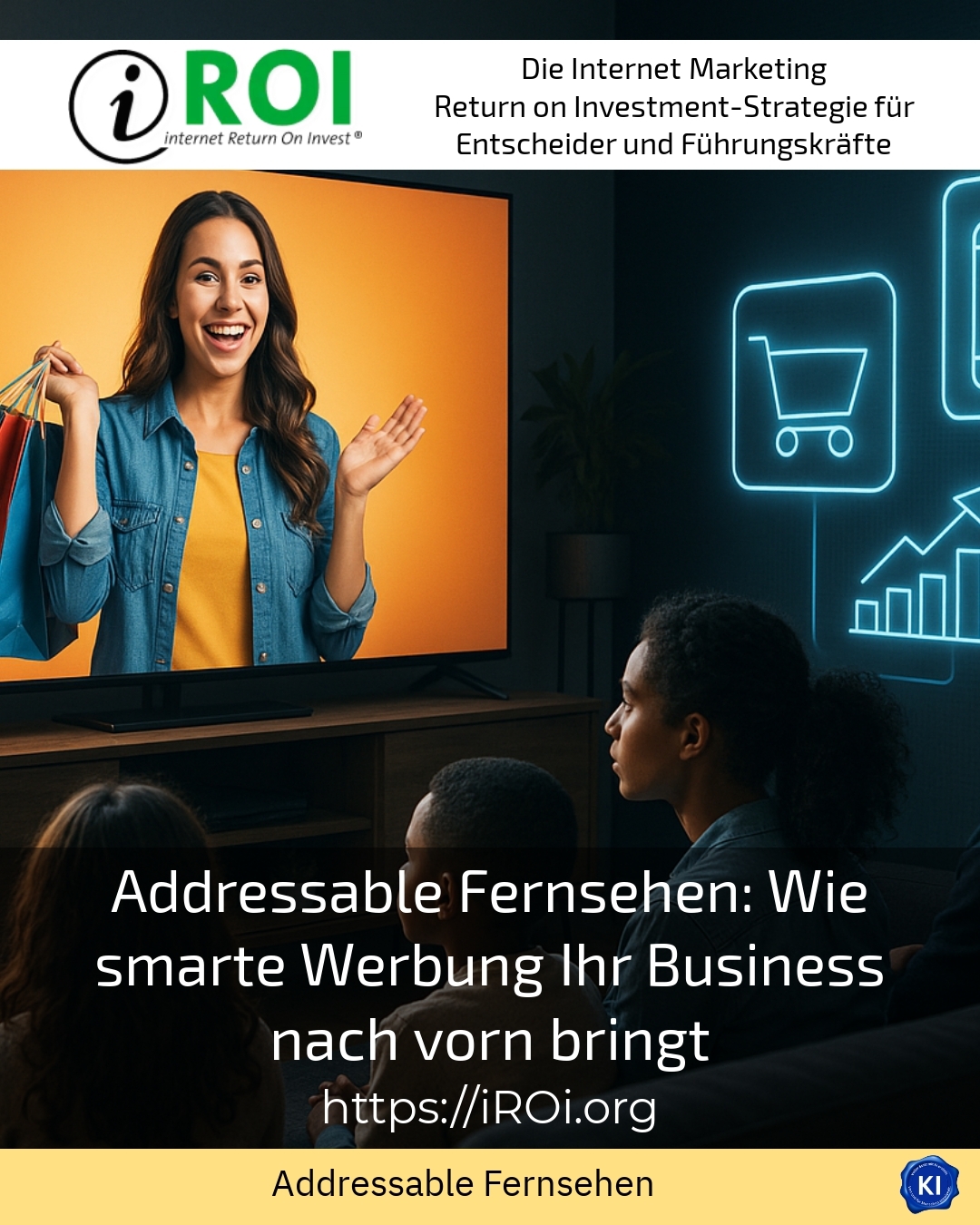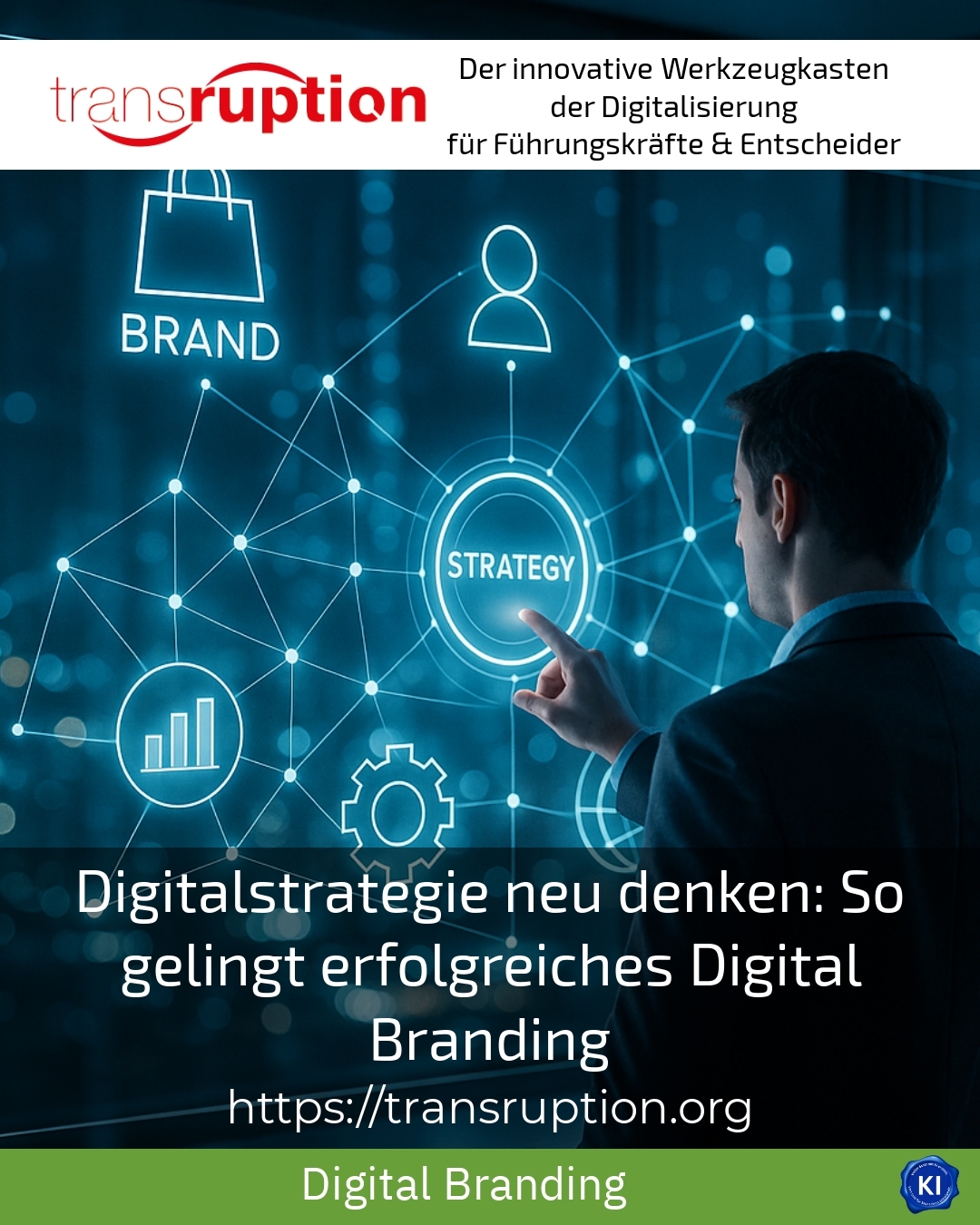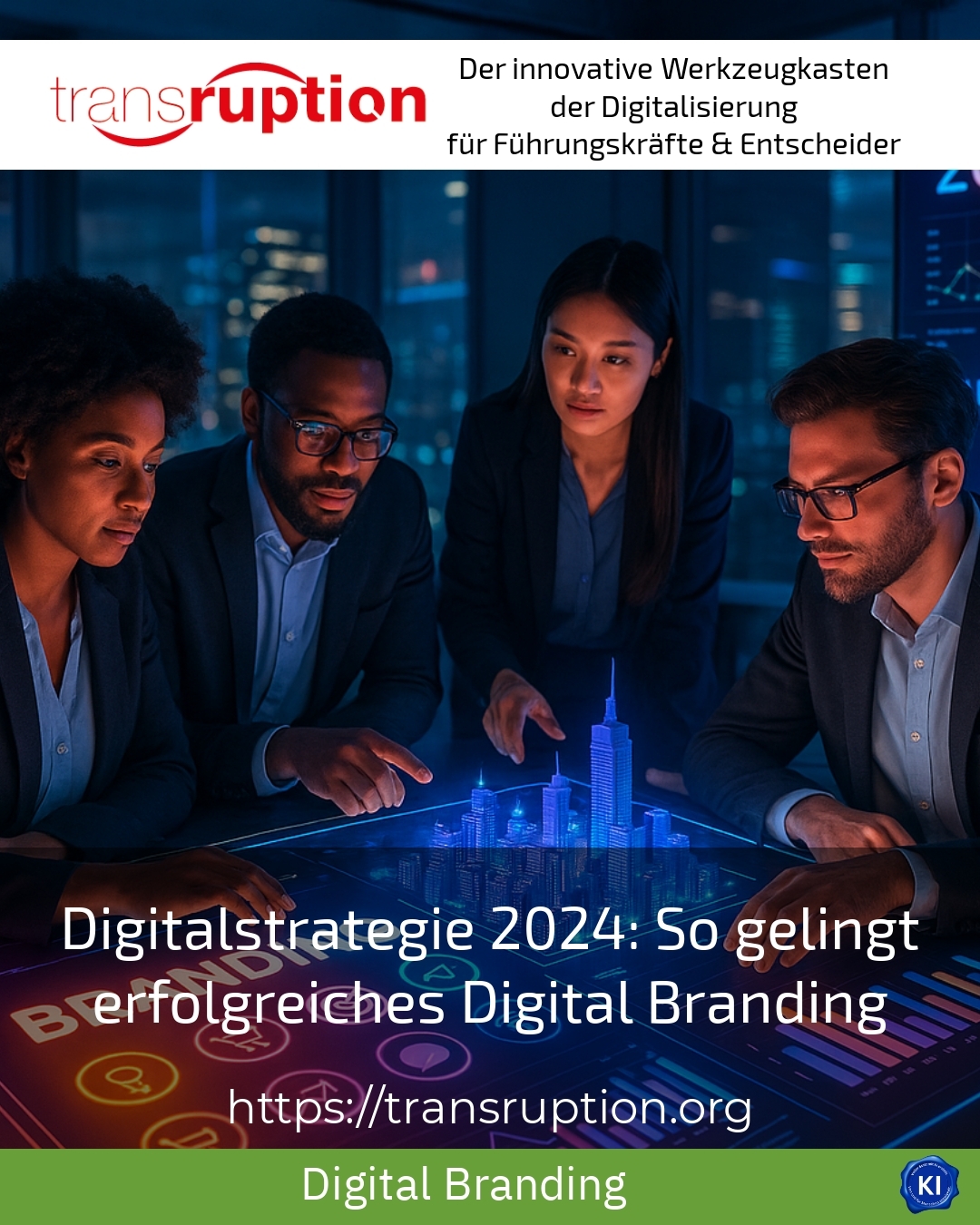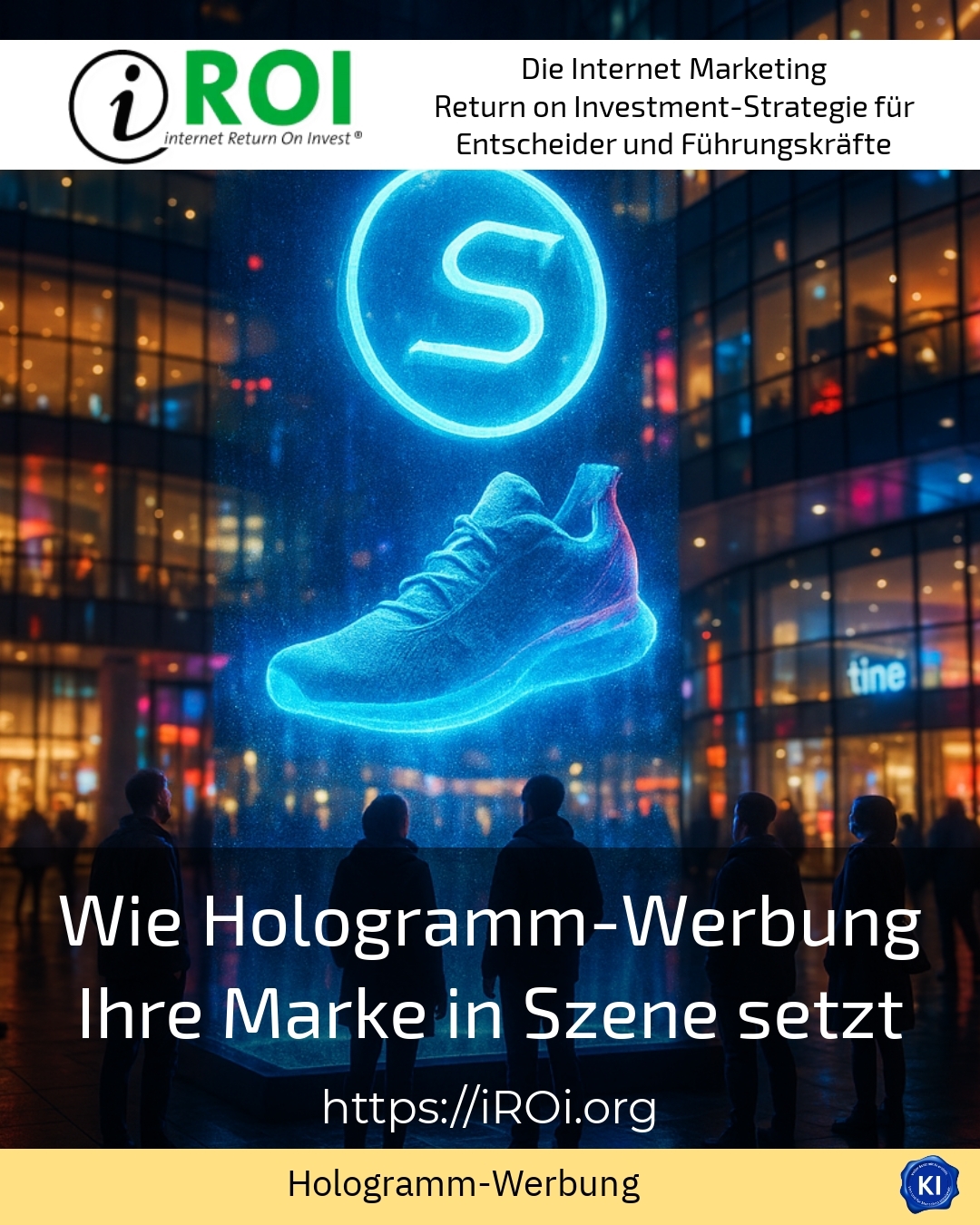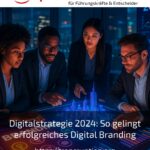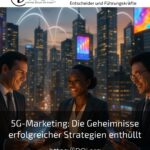Hologram advertising opens up new ways to bring brands to life in an innovative way. This fascinating technology creates three-dimensional, realistic-looking images that appeal directly to viewers and arouse emotions. This enables companies to present their products and messages in an impressive way and leave a lasting impression.
How hologram advertising is changing the perception of brands
The core strength of hologram technologies lies in their ability to present visual content in a vivid and moving way. Unlike traditional 2D advertising, three-dimensional holograms offer a deeper immersion and create a real sense of wonder in the audience. Companies from the automotive, fashion and entertainment sectors often report that they have been able to significantly increase the attention of their target groups through the use of holograms.
The automotive industry provides an example: in one campaign, a hologram of a cyclist was presented in the middle of a city billboard. This 360-degree display conveyed an impressive message in favour of greater road safety and at the same time increased awareness of a driver assistance technology[2]. Luxury brands also use holograms to show new collections as three-dimensional, vivid presentations in shop windows or at events. In this way, products can be experienced even before they are physically tangible.
Another advantage is interactivity. Combined with sensors or touch elements, holograms enable a personalised approach, which significantly boosts engagement. Technology companies rely on such systems to explain complex products clearly and to offer visitors a lasting brand experience at trade fairs or in showrooms.
Practical application examples from various industries
The range of possible applications is impressive and extends from events to stationary outdoor advertising:
- In the sports industry, a well-known car manufacturer organised a holographic press conference at which football team coaches were connected live via hologram. This gave the event a futuristic touch and attracted media attention[2].
- Fashion brands are increasingly using holograms in retail to present virtual models in a lifelike way. This allows customers to experience the outfits in 3D and view them from different perspectives. This arouses curiosity and increases footfall in shops.
- Technology companies use holograms to present innovations at trade fairs in a clear and understandable way. Product benefits can be communicated in a particularly impressive way, which can support purchasing decisions.
BEST PRACTICE with one customer (name hidden due to NDA contract) A leading medium-sized company in the mechanical engineering sector integrated hologram advertising during the launch of a new product. Customers were able to experience the functions live using interactive holograms. This led to a significant increase in interest and a higher completion rate.
Tips for the successful use of hologram advertising
For hologram advertising to be fully effective, a well thought-out concept is essential. Interested brands should consider the following aspects:
- Clear target group analysis: What emotions or messages should be conveyed?
- Integration into existing marketing campaigns to create a coherent overall picture.
- Encourage engagement through interactive elements to support dialogue with customers.
- Technical advice and cooperation with experienced service providers for optimum implementation.
The combination of moving images, 3D visualisation and real-time interaction offers enormous potential for actively involving customers at the point of sale or on digital channels. It is worth experimenting here and testing innovative formats.
BEST PRACTICE with one customer (name hidden due to NDA contract) A luxury goods agency developed an interactive hologram installation in a flagship store. Customers were able to virtually try on and try out the products using gesture control. The campaign achieved significantly higher dwell times and greatly improved sales success.
Hologram advertising as an investment in the future for brands
Technical developments in the field of hologram advertising are progressing rapidly. Artificial intelligence and augmented reality are increasingly enabling personalised and impressive brand experiences. Companies are already using this technology to support the emotional dialogue with their customers and stimulate brand loyalty.
At the same time, hologram advertising is a means of counteracting the growing sensory overload of consumers. Their visual uniqueness often creates a moment of surprise that anchors brands in the memory. The investment is therefore particularly worthwhile for brands that want to position themselves as innovative and future-orientated.
BEST PRACTICE with one customer (name hidden due to NDA contract) An international cosmetics group used holograms at a major trade fair to present new product lines. Customers actively participated in virtual tutorials, which intensified the dialogue and sustainably increased brand awareness.
My analysis
Hologram advertising offers a wide range of opportunities to present brands in an emotional and impressive way. It adds an innovative dimension to traditional advertising media that both attracts attention and enables interaction. Companies from different sectors can benefit from this by realising creative, technically adept concepts. iROI-Coaching is happy to provide support in the development and implementation of hologram advertising projects. Although the technology is not yet at the peak of feasibility in every segment, the trends clearly show that it will play a central role in brand communication in the future.
Further links from the text above:
Hologram advertising: Is the future closer than we think? (doisz.com)
5 Coolest Examples of Hologram Marketing (+5 more) (kitcast.tv)
Hologram advertising - science fiction becomes reality (emplibot.com)
For more information and if you have any questions, please contact Contact us or read more blog posts on the topic internet Return on Investment - Marketing here.


